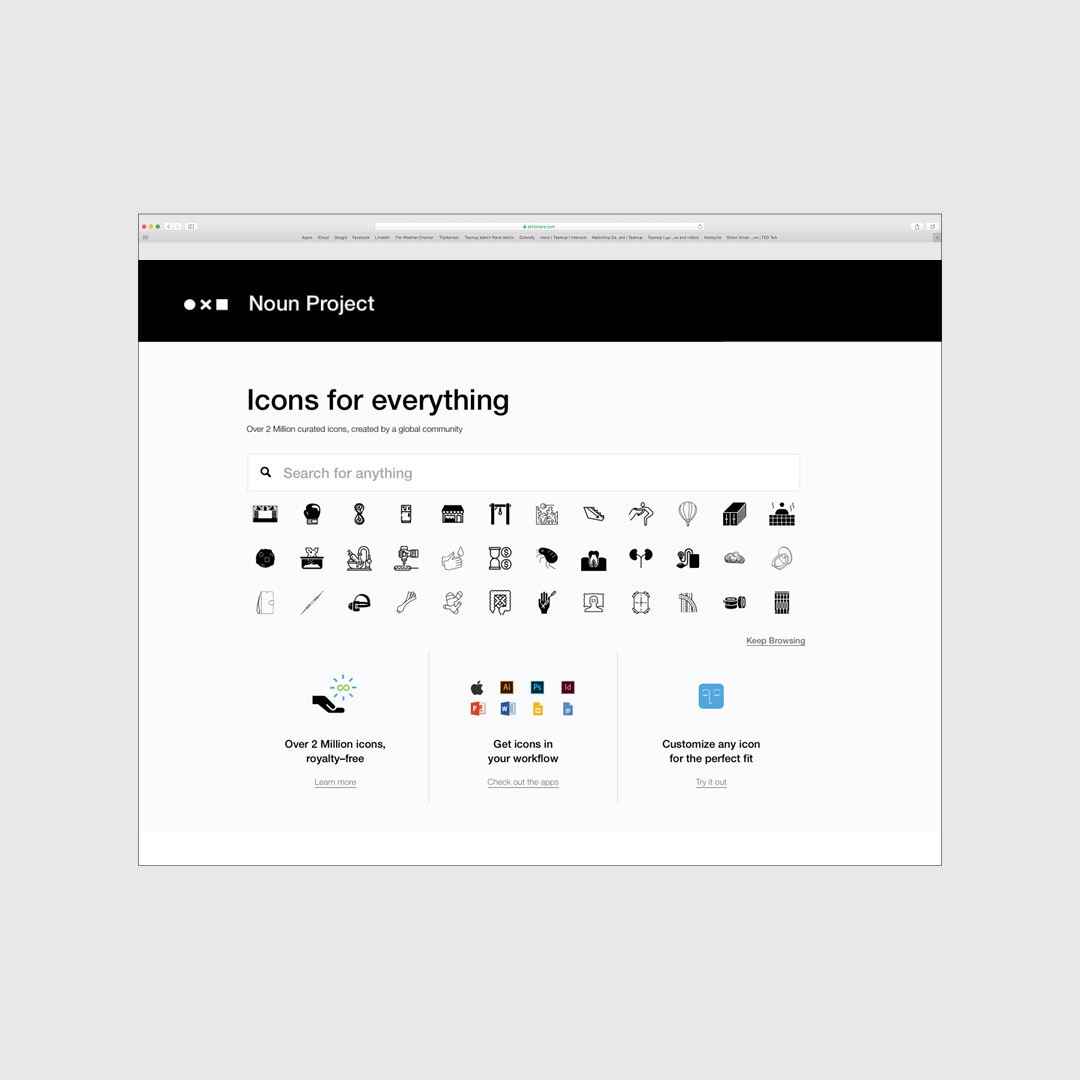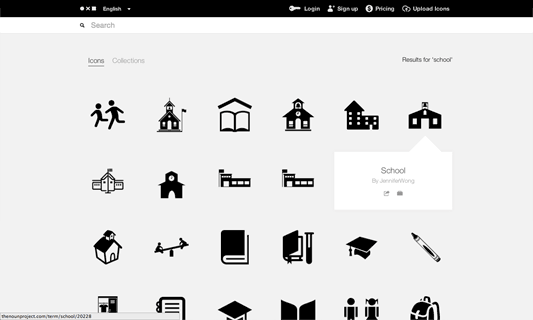

Yes, this approach works with animals and other objects too! Other examples of class nouns include woman, child, teenager, dog, or sunglasses.

For instance, for Fernando Bernuy (co-writer and one of the victims of our experiment), a possible prompt would be A fbernuy man. Following the instructions in DreamBooth’s paper, we’ll use the prompt A where is an identifier that will reference us, and is an already existing class in the model’s vocabulary which describes us at a high level. Once you’ve collected these images, the next step is to label them with a text prompt. Here are examples from the three victims we chose for this blog post: Fernando, Giuls, and Luna (from left to right). Still, these images must exhibit some variation in terms of different perspectives of your face (e.g., front, profile, angles in between), facial expressions (e.g., neutral, smiling, frowning), and backgrounds. The technique we’re about to show you achieves results like you have seen above with no more than a dozen images of your face. Does this mean that we need thousands of pictures of ourselves for the model to reproduce us faithfully?įortunately, the answer is no. How many of these images will we need? Deep Learning models usually require large amounts of data to produce meaningful results (even more so these large image synthesis models). To achieve this, we’ll fine-tune this model with a set of images, binding them to a unique identifier that references us.īut wait a minute. Instead, the model must learn what we look like down to the last detail so that it can later reproduce us in the most fictional scenarios. It’s still very hard for these models to reconstruct the key visual features that characterize a specific person. Can’t we just feed the model an extremely detailed description of the person and be done with it? The short answer is no. After all, these new generation image synthesis models have unprecedented expressive power. You may be wondering why we need to follow such a special procedure. To do so, we’ll follow a special procedure to implant ourselves into the output space of an already trained image synthesis model. The first step towards creating images of ourselves using DreamBooth is to teach the model how we look.

#The noun project download free
👀įeel free to skip this section if you’re not particularly interested in the theory behind the approach and prefer to dive straight into the implementation. Don’t say we didn’t warn you!Īlso, if you know part of our team, you may recognize some faces in the following images. Be warned, generating images of yourself (or your friends) is highly addictive. To do so, we’ll implant ourselves into a pre-trained Stable Diffusion model’s vocabulary. Now, in this blog post, we will guide you through implementing DreamBooth so that you can generate images like the ones you see below. In our previous post, we discussed text-to-image generation models and the massive impact that models like DALL♾ and Stable Diffusion are having throughout the Machine Learning community. Have you ever wished you were able to try out a new hairstyle before finally committing to it? How about fulfilling your childhood dream of being a superhero? Maybe having your own digital Funko Pop to use as your profile picture? All of these are possible with DreamBooth, a new tool developed by researchers at Google that takes recent progress in text-conditional image synthesis to the next level.


 0 kommentar(er)
0 kommentar(er)
